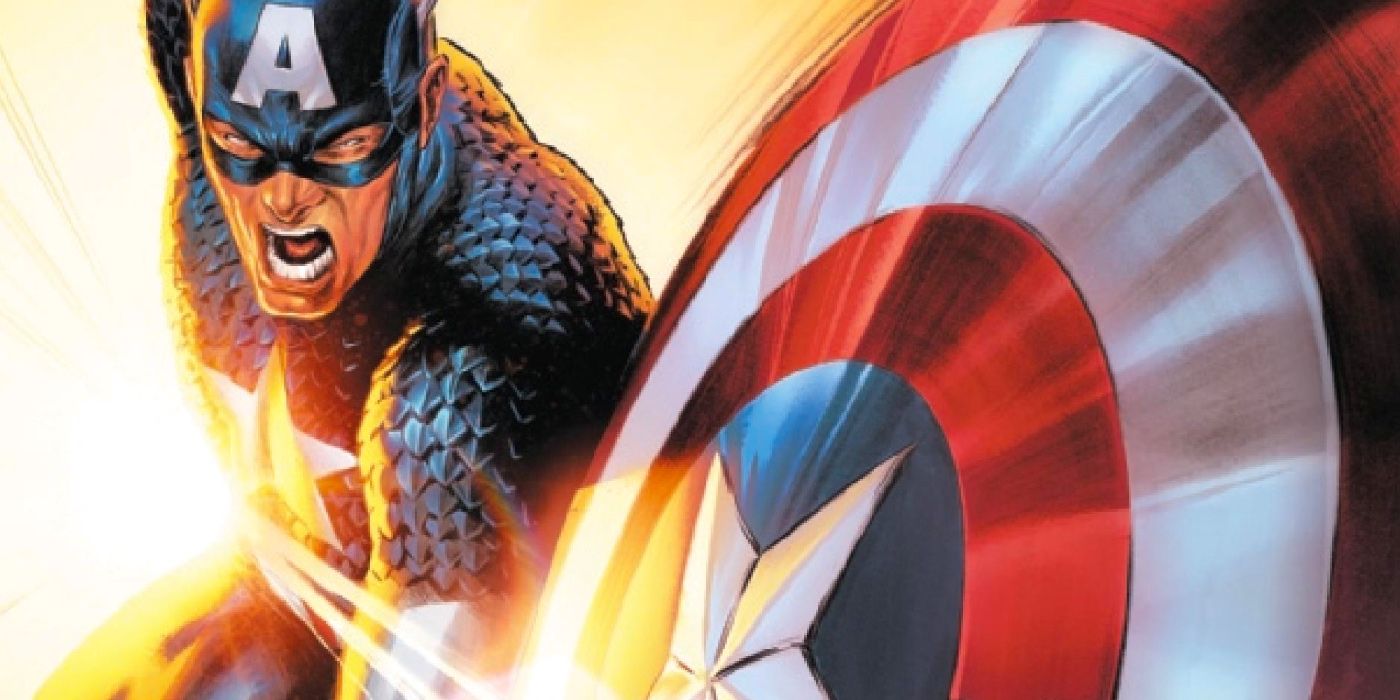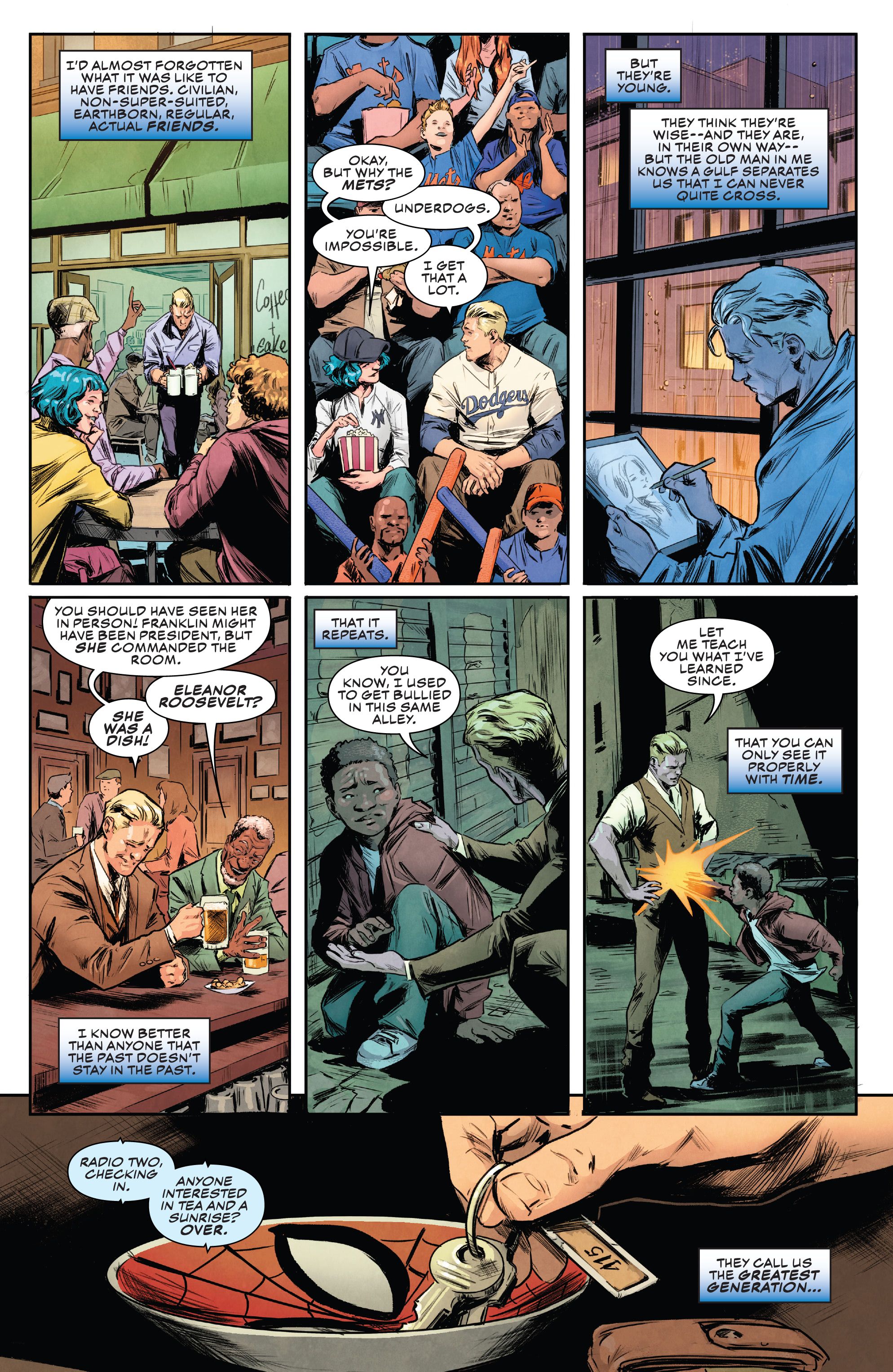Warning! Spoilers for Captain America: Sentinel of Liberty #1 ahead!
While Captain America may be one of the greatest heroes of the Marvel Universe, in the modern era he is more often than not defined by loneliness.
Ever since he made his “modern” debut in The Avengers #4 by Stan Lee and Jack Kirby, Captain America has been a man out of time. After going into the ice during World War II, Cap emerges decades later to find that the world has changed completely, and that most of the people he knew have long since died. Cap has been back since the early 1960s in our world, so it’s easy for creators and readers alike to lose sight of this, but this central loneliness is a crucial part of the character.
In the recent Captain America: Sentinel of Liberty #1 by Collin Kelly, Jackson Lanzing and Carmen Carnero, Steve Rogers is trying to re-enter civilian life. After years of spending time with fellow superheroes and secret agents, he decides it’s time to rub shoulders with regular, everyday people. Rogers buys his family’s old apartment in New York City, begins taking art classes and makes friends with ordinary folk. By inserting Steve back into civilian life, the creators do a good job of reminding the readers that Cap will always be something of a square peg - existing in the modern world, but never truly a part of it. As Rogers states in the issue about his new friends, “They think they're wise - and they are, in their own way - but the old man in me knows a gulf separates us that I can never quite cross.”
Other creators have found ways to express Rogers’ eternal outsider status, such as the time Rick Remender and John Romita, Jr. stranded Captain America for years in the time-travel epic "Castaway in Dimension Z" during their run. But Kelly, Lanzing and Carnero find a more simple and elegant way to bring this part of Steve Rogers’ character back to the fore. After all, superheroes have to have vulnerabilities to truly resonate with an audience. Sometimes it’s through tangible things like kryptonite or losing their powers when exposed to fire, but more often than not it’s better to express those vulnerabilities through the heroes’ emotional flaws. Doing so not only makes them more relatable, but also properly equips them for the struggles they face along the way; giving them a perspective over situations that others may lack. As Rogers narrates in Sentinel of Liberty #1: “I know better than anyone that the past doesn’t stay in the past. That it repeats. That you can only see it properly with time.”
In that way, Rogers’ central loneliness not only humanizes the character, but also provides him with one of his greatest strengths. By living so long and seeing the cycle of history, the character is able to be the hero he is; not just a man out of time, but also one with perspective. Captain America: Sentinel of Liberty #1 is on sale now from Marvel Comics.


